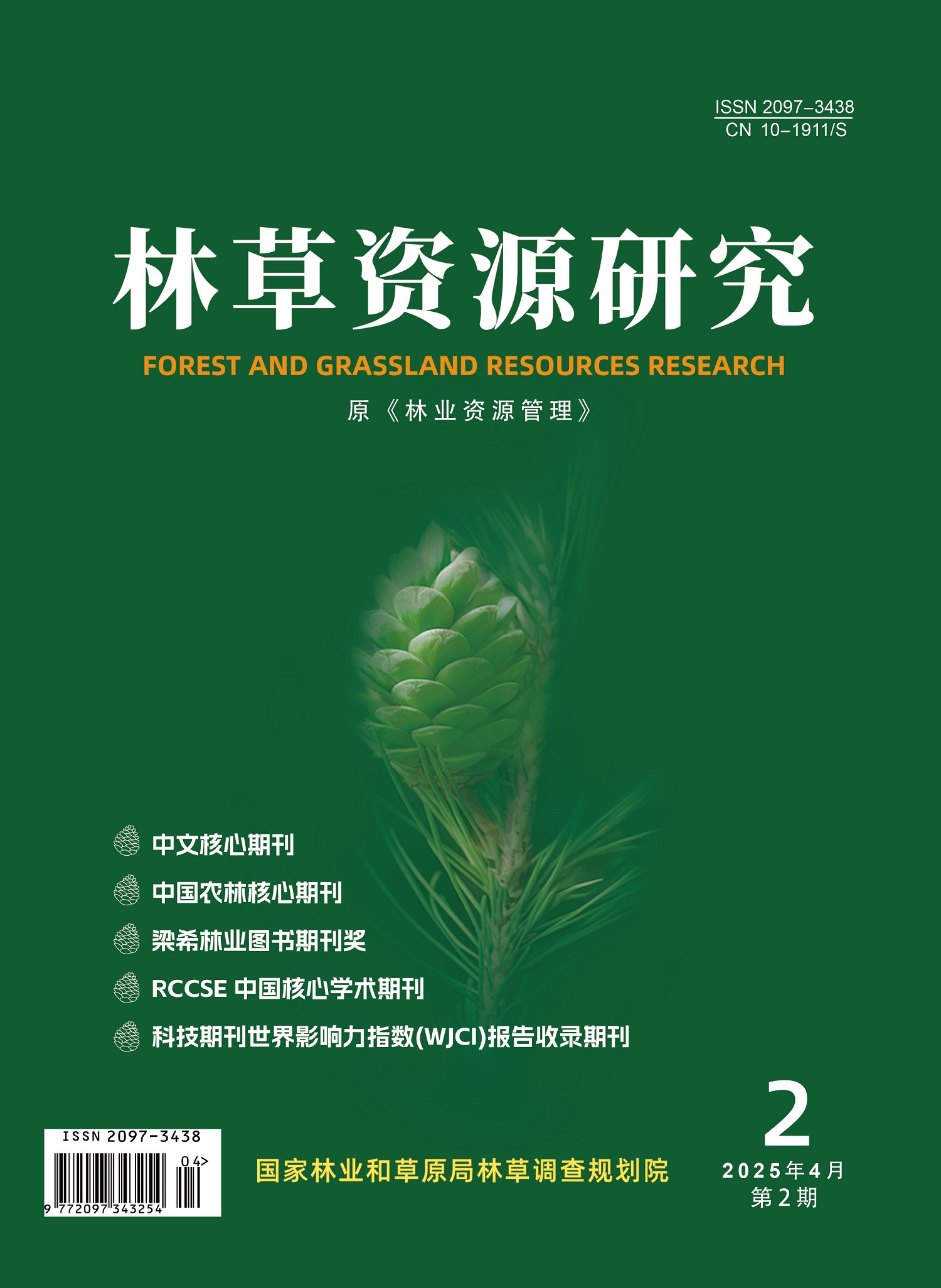In the Ai-lao Mountain Nature Reserve,Pu'er City,Yunnan Province,this research selected three vegetation types as the objects,including mid-montane moist evergreen broad-leaved forest,mountain top mossy coppiceforest and secondary forest of Populus Yunnanensis,and measured 10-50cm,70cm,90cm,110cm,130cm and 150cm soil moisture content by TDR time domain reflectometer,collected the dry weight of litter (leaf,branch,flower and fruit,bark,moss lichen and other litter) to analyze soil moisture and litter features of different vegetation types and the relationship between them. The results showed that: 1) The soil moisture,as a whole,was represented by the middle-mountain moist evergreen broad-leaved forest>secondary forest of Populus Yunnanensis>mountain top mossy coppice forest. 2) Litter of 3 vegetation types,except for the dry weight of branches and bark,all had significant differences (P<0.05),and the composition of litter was similar,mainly composed of branches and leaves. 3) In the mid-mountain moist evergreen broad-leaved forest,the soil water content only had a very significant positive correlation with the dry leaf weight (P<0.01);in the mountain top mossy coppice,the soil water content only had the negative correlation with the dry weight of moss lichen,and was positively correlated with other indicators;the soil water content in the secondary forest of Populus yunnanensis was negatively correlated with the dry weight of leaf and moss lichen,and positively correlated with the other indicators. RDA analysis results of moss lichen,leaf dry weight and other litter dry weights had greater influence on the soil moisture content of the three vegetation than the dry weight of flowers,fruits,bark and dead branches;in soil moisture content of mid-montane humid evergreen broad-leaved forest,the fitting effect with the total amount of litter was better than that of the other two,which was y=78.601x+35.374.The cultivation of evergreen broad-leaved forest is conducive to the conservation of soil water resources in the mountains.

